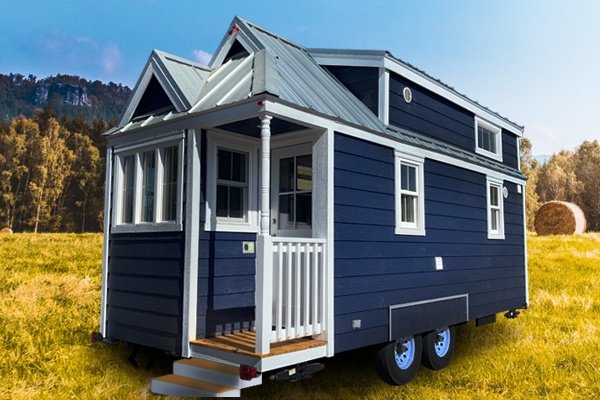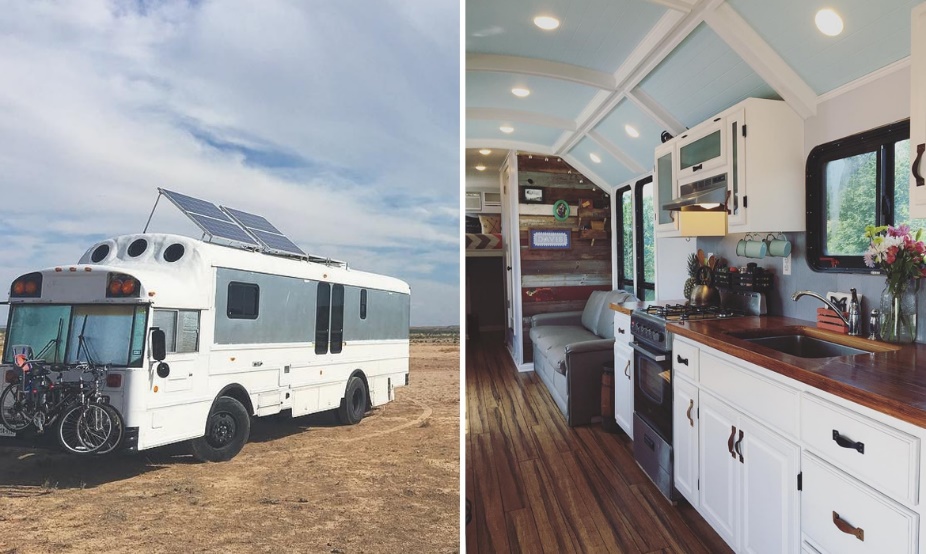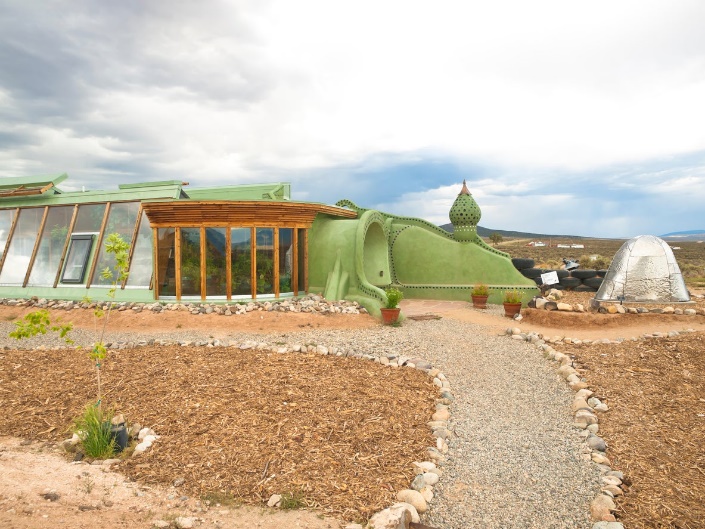Exploring Examples of Alternative Homes
As dawn breaks over the rambling hills, the faint chirping of birds is drowned by the creaking sound of a bus door opening. A young woman steps out, stretching in the early morning sunlight, then proceeds to an outdoor shower under a garden hose. This is not an impromptu camping trip; it is her living situation, a conscious choice to break free from the shackles of conventional housing structures. Individuals like her increasingly turn away from traditional housing and embrace alternative living spaces, demonstrating a growing desire for uniqueness, flexibility, and sustainability.
Across the globe, a broad range of alternative houses are as diverse as the individuals who occupy them. For instance, tiny houses, small abodes under 400 square feet, are a popular choice. Despite their size, they are designed to maximize space, featuring creative elements such as collapsible dining tables or loft bedrooms. Similarly, converted buses, like the one described earlier, provide a mobile living space that can be customized to suit the occupant’s needs. Lastly, earthships, constructed from natural and recycled materials, are designed to be self-sufficient, harnessing solar and wind energy for power and rainwater for domestic use.



The sun was beginning to peek over the horizon as Mara, wrapped in a cozy blanket, ambled out of her converted school bus. The sight of dew-kissed leaves and the sound of birds welcoming the dawn were a part of her morning routine that she cherished. As she made her way to the makeshift outdoor bathroom, she turned on the garden hose, letting the water warm up before she took her morning shower. This was far from a conventional living situation, but it was one that Mara had chosen willingly. She had traded her city apartment for a bus home, seeking a life that was more connected to nature and less shackled by societal norms. The growing trend of alternative housing options is a testimony to the changing perspective of individuals seeking unique dwellings that align with their values and lifestyle.
Diverse and distinctive alternative housing options range from tiny houses and earthships to converted buses. Tiny houses, usually under 400 square feet, make use of clever space-saving designs and multi-purpose features to maximize the limited space. On the other hand, Earthships are sustainable homes made from natural and recycled materials, designed to be off-grid with minimal reliance on public utilities. Converted buses, like Mara’s home, offer the freedom of mobility, allowing homeowners to change their surroundings at will without the hassle of packing up and moving.
From History to Modernity: The Growing Popularity of Alternative Homes
Alternative housing is a familiar idea; they go back as far as the cliff dwellings of Mesa Verde, Colorado. These homes, carved into cliffs, utilized the natural landscape for protection and insulation. In a similar vein, Henry David Thoreau’s tiny cabin near Walden Pond exemplified a return to a simpler, nature-focused lifestyle. In the 20th century, the Sears Roebuck Company sold mail-order home kits that allowed families to construct residences, promoting self-sufficiency and accomplishment. These historical examples demonstrate human ingenuity and the desire for homes that reflect individual needs and values.
There are several reasons why alternative houses are so famous nowadays. One significant factor is the growing awareness of ecological issues. As society becomes more conscious of its carbon footprint, alternative homes present an attractive solution. For instance, tiny houses, due to their size, consume significantly less energy than traditional homes.
Similarly, Earthships utilize renewable energy sources and recycled materials, reducing waste and promoting sustainability. Additionally, cost savings are an essential factor in the appeal of alternative housing. Traditional homes can be prohibitively expensive, while alternative homes offer greater financial flexibility. Additionally, the skyrocketing cost of traditional houses has compelled many to look for more affordable options. As a result, alternative housing, often more affordable and eco-conscious, has gained popularity.
Designing the Future: My Vision for an Alternative Home
If I were to design my own alternative home, it would be a treehouse nestled high in the boughs of a sturdy oak, combining the whimsy of childhood dreams with adult practicality. This abode, constructed from recycled materials, would blend seamlessly into the surrounding forest, causing minimal environmental disturbance. Large windows would flood the interior with natural light, and the open plan layout would maximize space and encourage a connection with the natural world. The warmth of wooden furniture and the vibrant colors of handwoven rugs would create a cozy, inviting atmosphere.
The design would incorporate sustainable materials, solar panels for electricity, and a rainwater collection system for water supply. For me, the sense of home would come from being surrounded by nature, the sound of rustling leaves, and the warmth of natural sunlight streaming through the windows. The decor would be minimalistic, with earthy tones and comfortable furniture that invites relaxation. In this dream home, I would be living in harmony with nature, embodying a lifestyle that respects and cherishes our planet’s resources. Above all, the sense of peace, tranquility, and connection to nature would make this space feel like home.
Works Cited
Barnes Sara. “People Are Masterfully Transforming School Buses into Mobile Tiny Home.” My Modern Met, 2017. Web.
Ryan, Jenn. “Earthship Homes: Are They the Next Big Sustainable Housing Trend?” Bob, 2022. Web.
Tumbleweed Tiny House. Company Cypress, n.d. Web.